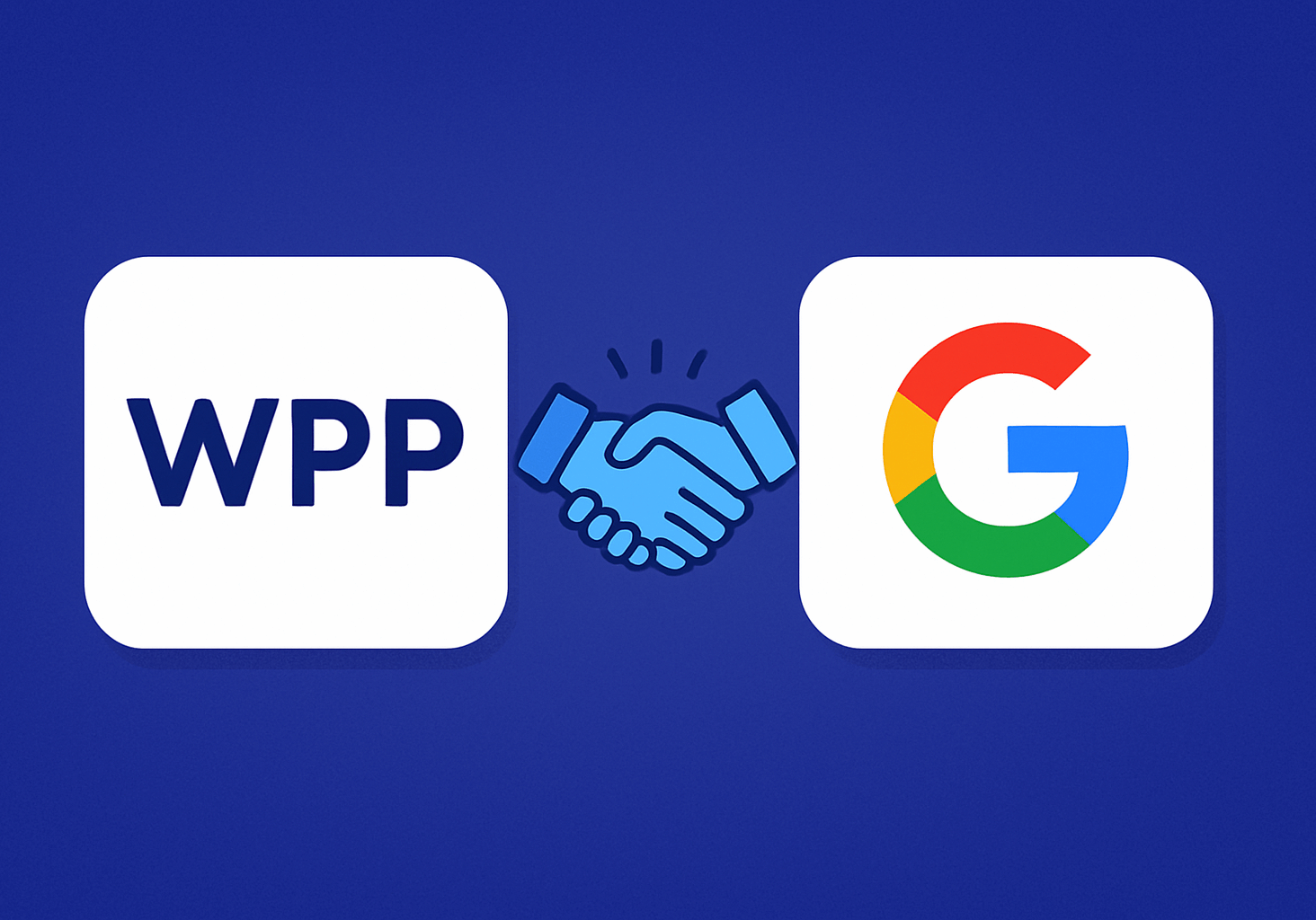
From Clerks to Clicks: Inside the Retail Digital Transformation
Walk into a store today and you’ll see it: Retail Digital Transformation in full swing. A Gen Z shopper browses a clothing rack with one hand, and wields their phone like a lightsaber with the other. No, they’re not texting. They’re scanning barcodes, stalking digital deals, checking reviews, and price-matching—all before you can say “Can I help you?”
Is the retail associate standing nearby? Mostly ignored. For Gen Z, the in-store shopping experience is no longer guided by store clerks or signage. Their smartphones increasingly lead it.
This behavioral shift isn’t just anecdotal—it’s backed by research. And the numbers are telling. With Emarketer’s new study, we will explore the latest cultural and behavioral patterns of Gen Z shoppers.
Physical stores in the age of retail digital transformation
According to eMarketer’s March 2025 report, Digitizing the In-Store Experience, Gen Z shoppers still value physical retail. The physical store remains the top awareness driver for key categories like clothing, shoes, and accessories.
While Gen Z enjoys in-store discovery, their retail digital transformation journey is clearly digital-first—even within physical spaces. Their phones are their guides, their decision-making tools, and often, their primary shopping assistants.
The data backs this up. In eMarketer’s “US Consumer Path to Purchase” survey conducted in July 2024, 54.2 percent of shoppers said they discovered and purchased new brands or products in-store.
For Gen Z specifically, the discovery still happens in the aisle, but digital tools increasingly influence the journey from interest to purchase. These shoppers are more likely to use a retailer’s mobile app than traditional signage or displays.
Instead of asking for help, they look up reviews, search for product descriptions, and check online prices to determine if they’re getting the best deal.
Your pocket clerk: The phone is the MVP of retail digital transformation
In the era of retail digital transformation, the smartphone isn’t just a device—it’s the real MVP. Gen Z shoppers turn to their phones for everything: scanning products, finding coupons, and double-checking whether Amazon’s got a better deal. Blake Droesch, Senior Analyst at eMarketer, sums it up nicely.
“Retailers have apps to help you find products or scan barcodes, and Gen Z uses it as a tool in the way someone from an older generation might rely on a store clerk,” he said in the report.
“Gen Z shoppers are more likely to be in the store looking up ratings and reviews, getting more detailed product descriptions, and seeing if they can get a better deal on Amazon or another e-commerce channel.”
This shift doesn’t suggest that Gen Z dislikes in-store shopping. On the contrary, they embrace the physical store as a space for sensory experiences and inspiration. What they want, however, is more control over their journey.
Subscribe to our bi-weekly newsletter
Get the latest trends, insights, and strategies delivered straight to your inbox.
Smartphones and apps give them that control, offering instant information, price transparency, and digital rewards that a human clerk cannot provide on demand.
Retail apps are non-negotiable for Gen Z
Retailers are paying close attention to this behavior.
According to eMarketer, an estimated 170 million US consumers will use shopping and retail apps in 2025, a 2.4 percent year-over-year increase.
The surge in app usage is primarily driven by value-conscious consumers who want to save money, time, and energy during their shopping experiences. 50 percent of US shoppers use retail apps to find the best prices.
These tools are non-negotiable for Gen Z, whose spending habits are shaped by economic uncertainty, inflation, and digital convenience.
One of the most telling statistics in the report comes from “The Gen Z Playbook” by Mars United Commerce. It notes that 66 percent of Gen Z shoppers turn to their phones in-store to search for coupons and deals.
That is not a niche behavior. It is mainstream for an entire generation of shoppers. These consumers expect retail apps to do more than display prices or locations. They expect personalized offers, loyalty rewards, and real-time engagement.
Retailers must deliver through their apps
No App, No Sale
If your app doesn’t know them better than their BFF, you’re toast. In the game of Retail digital transformation, Gen Z expects apps to deliver deals, loyalty points, and price alerts—on tap, not in-store posters.
Sarah Jankowski, Director of User Growth and Integrated Marketing at Shopkick, points out that mobile apps with integrated loyalty components will play a critical role as the consumer path to purchase becomes more complex.
“Data captured via these apps offers direct insights into consumer behavior and preferences, enabling retailers to respond accordingly,” she said. But she also emphasizes that these apps must deliver real value.
“To be worth using, retail apps should provide tangible value for shoppers by combining personalized loyalty offers and benefits with mobile features that enhance the in-store shopping experience.”
This expectation of personalization is not limited to Gen Z but is particularly high among them. According to a May 2024 survey from Bizrate Insights, 61 percent of US shoppers value loyalty programs tailored to their preferences. Additionally, 57 percent appreciate special offers based on their shopping habits. Retailers who fail to offer these digital perks risk being overlooked in favor of competitors who do.
Convenience also plays a vital role. Data from SPAR Group shows that 52 percent of shoppers would be more likely to shop in person if they could download coupons directly to their loyalty cards or programs. The implication is clear: the in-store experience must be digitally enhanced, not digitally delayed. Apps should not only offer information but facilitate action.
This means easy coupon redemption, real-time price comparisons, and tools that support purchase decisions instantly.
Retail staff are evolving—and so is their role
The evolution of the retail associate is happening before our eyes. Rather than replacing staff, mobile apps are becoming co-pilots in the shopping journey.
They offer functions that human associates cannot, allowing them to focus on customer service, upselling, or managing complex queries. The role of the store associate may evolve into more of a brand ambassador or experience curator while the app handles the logistics.
Shopkick, a retail engagement platform featured in the report, exemplifies this shift.
Its gamified approach encourages users to engage with products, watch videos, complete surveys, or make purchases to earn rewards, all in-store.
Brandon Strauss, Senior Vice President at Shopkick, sees this as a new in-store journey. “We believe that shopping should be more than just a chore—it should be an enjoyable experience that combines discovery, engagement, and rewards,” he said. “By turning the shopping trip into a fun, interactive journey, we’re not only driving foot traffic and sales for retailers but also creating moments of joy for consumers.”
Clicks over clerks: The retail digital transformation cheat sheet
This reflects the broader cultural shift. Shopping is no longer just transactional. It is experiential. For Gen Z, it is also informational and digital. Retailers who understand this dynamic can redesign their in-store experiences to serve better the expectations of a younger, digitally native audience. This means investing in intuitive mobile apps, integrating loyalty programs with real-time benefits, and supporting digital behavior with physical infrastructure such as barcode scanners, QR codes, and digital signage.
Blake Droesch offers a final reminder that while tech is critical, the customer should always be the focus. “The key here is to remain customer-centric, focusing investments on technology that removes friction and makes shopping easier, more convenient, and fun,” he said.
In the process, retailers will also gain access to rich customer data and open up new in-store retail media opportunities.
Cut to the chase
A decade ago, the idea of mobile apps replacing store clerks seemed far-fetched. Today, it defines the retail experience for a generation raised on digital convenience. For retailers, embracing this shift isn’t optional—it’s essential to stay relevant in a world shaped by retail digital transformation.


